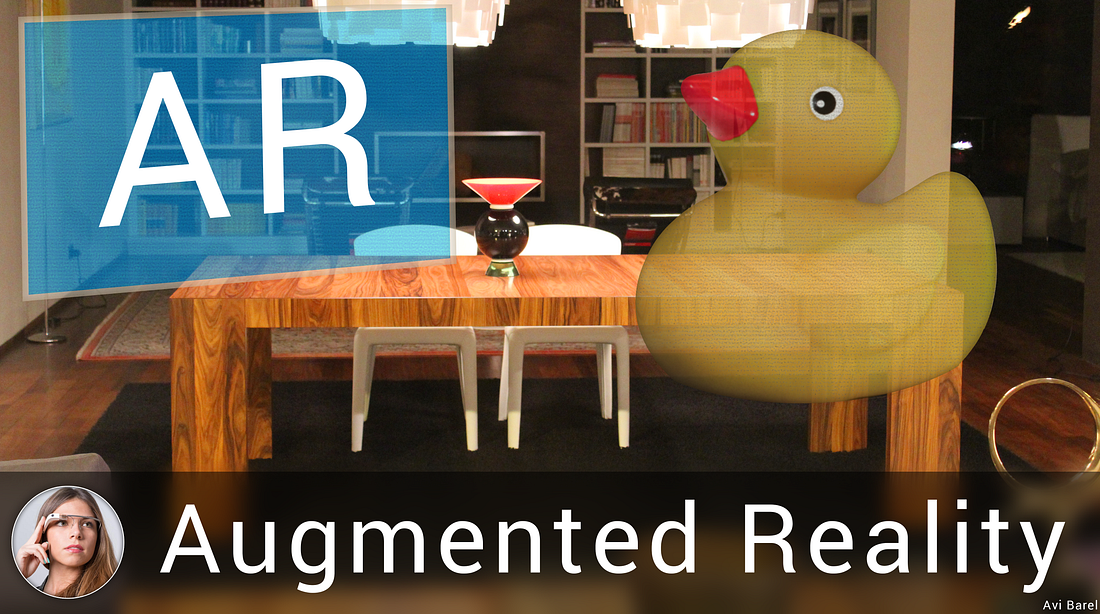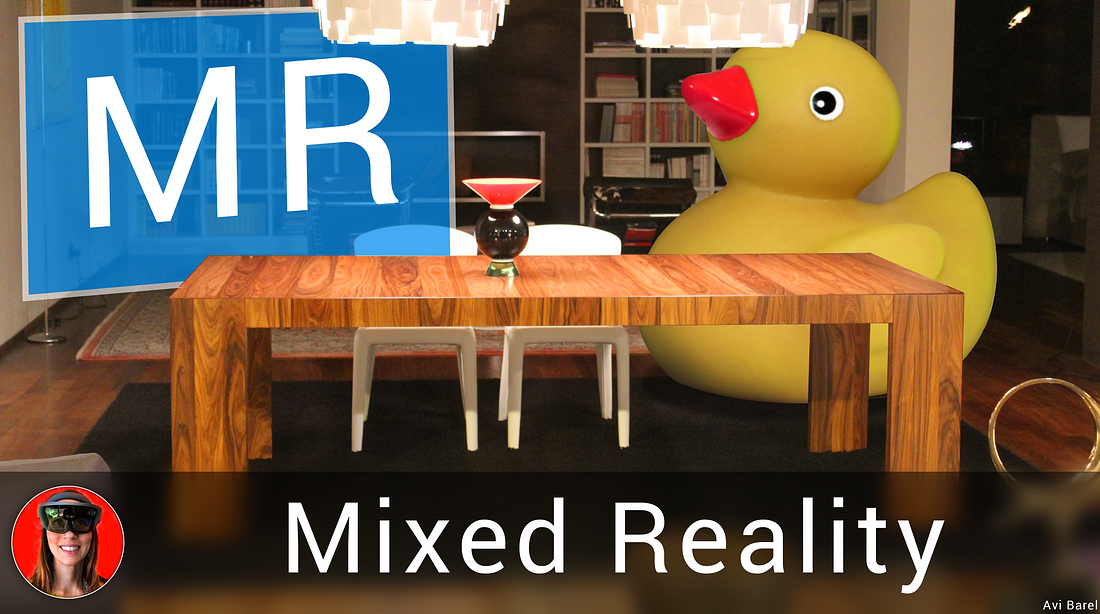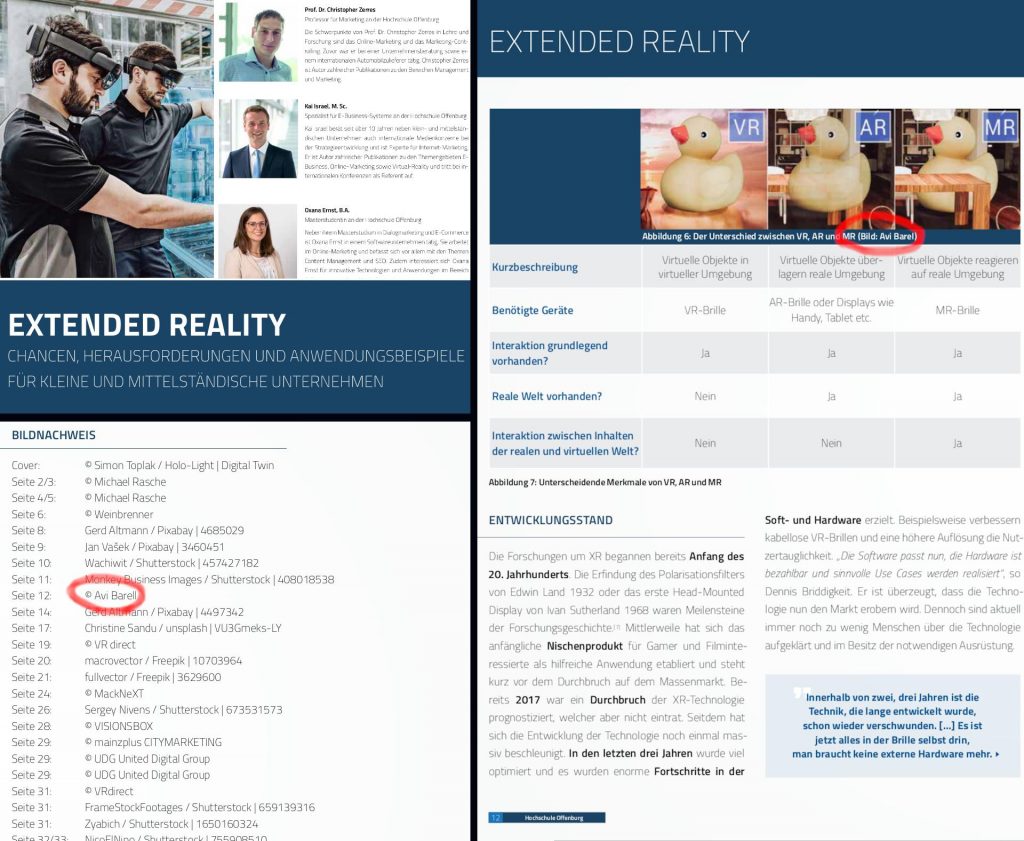A lot of people ask, what’s the differences between VR (Virtual reality), AR (Augmented reality) and MR (Mixed reality)… So I made these images to easily explain the differences! it includes simplified images to easily explain it.

1. VR — Virtual Reality
Products: Oculus VR, PlayStation VR, and HTC Vive
Virtual reality (VR) is a computer technology that uses Virtual reality headsets, sometimes in combination with physical spaces or multi-projected environments, to generate realistic images, sounds and other sensations that simulate a user’s physical presence in a virtual or imaginary environment. A person using virtual reality equipment is able to “look around” the artificial world, and with high quality VR move about in it and interact with virtual features or items. VR headsets are head-mounted goggles with a screen in front of the eyes. Programs may include audio and sounds through speakers or headphones.

2. AR — Augmented Reality
Products: Google Glass and Meta Vision
Augmented reality (AR) is a live direct or indirect view of a physical, real-world environment whose elements are “augmented” by computer-generated sensory input such as sound, video, graphics or GPS data. It is related to a more general concept called computer-mediated reality, in which a view of reality is modified (possibly even diminished rather than augmented) by a computer. Augmented reality enhances one’s current perception of reality, whereas in contrast, virtual realityreplaces the real world with a simulated one.[1][2]Augmentation techniques are typically performed in real time and in semantic context with environmental elements, such as overlaying supplemental information like scores over a live video feed of a sporting event.

3. MR — Mixed Reality
Products: Microsoft HoloLens and MagicLeap
Mixed reality (MR), sometimes referred to as hybrid reality,[1] is the merging of real and virtual worlds to produce new environments and visualizations where physical and digital objects co-exist and interact in real time. Mixed reality takes place not only in the physical world or the virtual world,[1] but is a mix of reality and virtual reality, encompassing both augmented reality and augmented virtuality[2]via immersive technology.

VR+AR+MR = XR (All-In-One) TL;DR gif:

And what the hell is XR?
Well, XR = Extended Reality, and it is an umbrella term for VR, AR, and MR. But, some say the “X” is simply a placeholder for all the reality-enhancing technology that’s to come. So, if you’ll see VR headsets with AR/MR capabilities, that are allowing users to step out of VR (virtual world / Metaverse / Multiverse) and get back to the real world (and still see Virtual AR/MR Elements on top of the real world) without changing from VR to AR glasses… And then go back from the real world into the VR world, then this device would be the perfect XR headset / glasses. There’s no (yet) such a device, but we are getting closer and closer…
Update (2018/03/30):
Kathleen Cohen (UX Strategist) asked for my help (with the visualizations in this article) for her lecture and a panel discussion. Happy to see that it was helpful for her TEA Education Panel discussion about The Future of Engagement and Storytelling! Watch the full lecture on YouTube.
Update (2020/12/20):
My slides have been added to Offenburg University’s paper about XR! Thank you!

This article was also published at StartUX and on Medium.
Follow me on Twitter, Medium, Facebook and LinkedIn

Leave a Reply